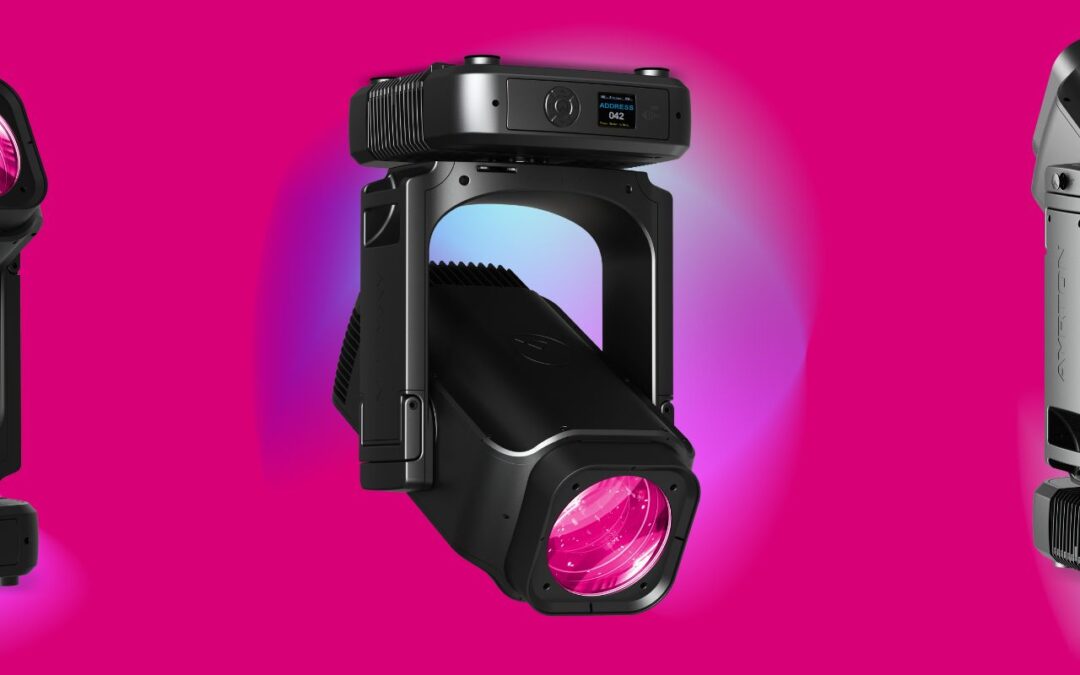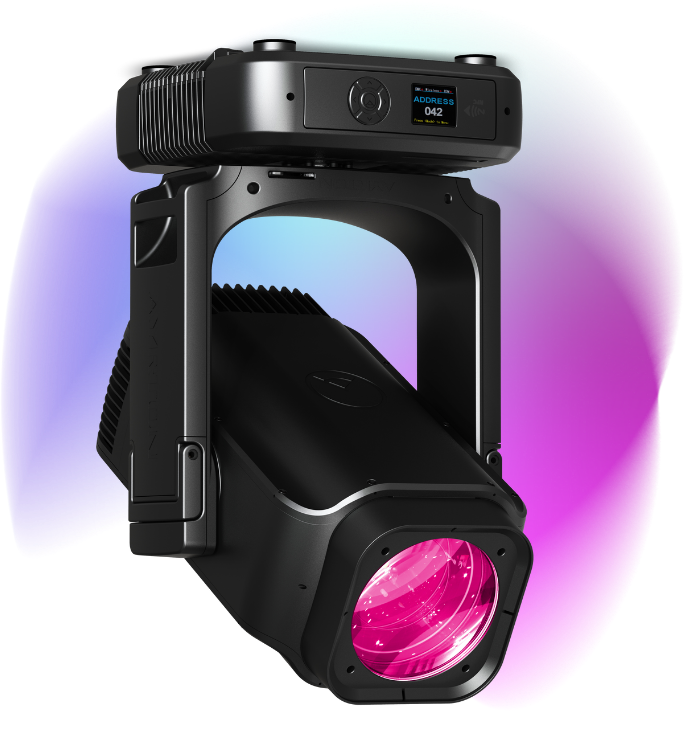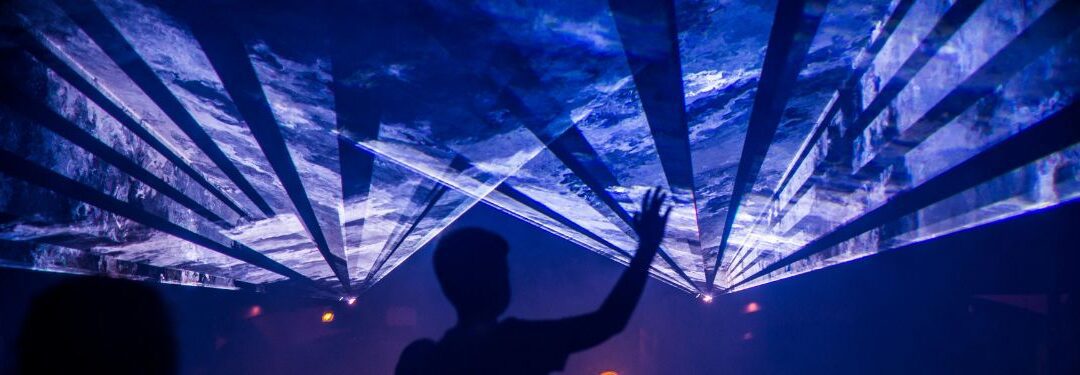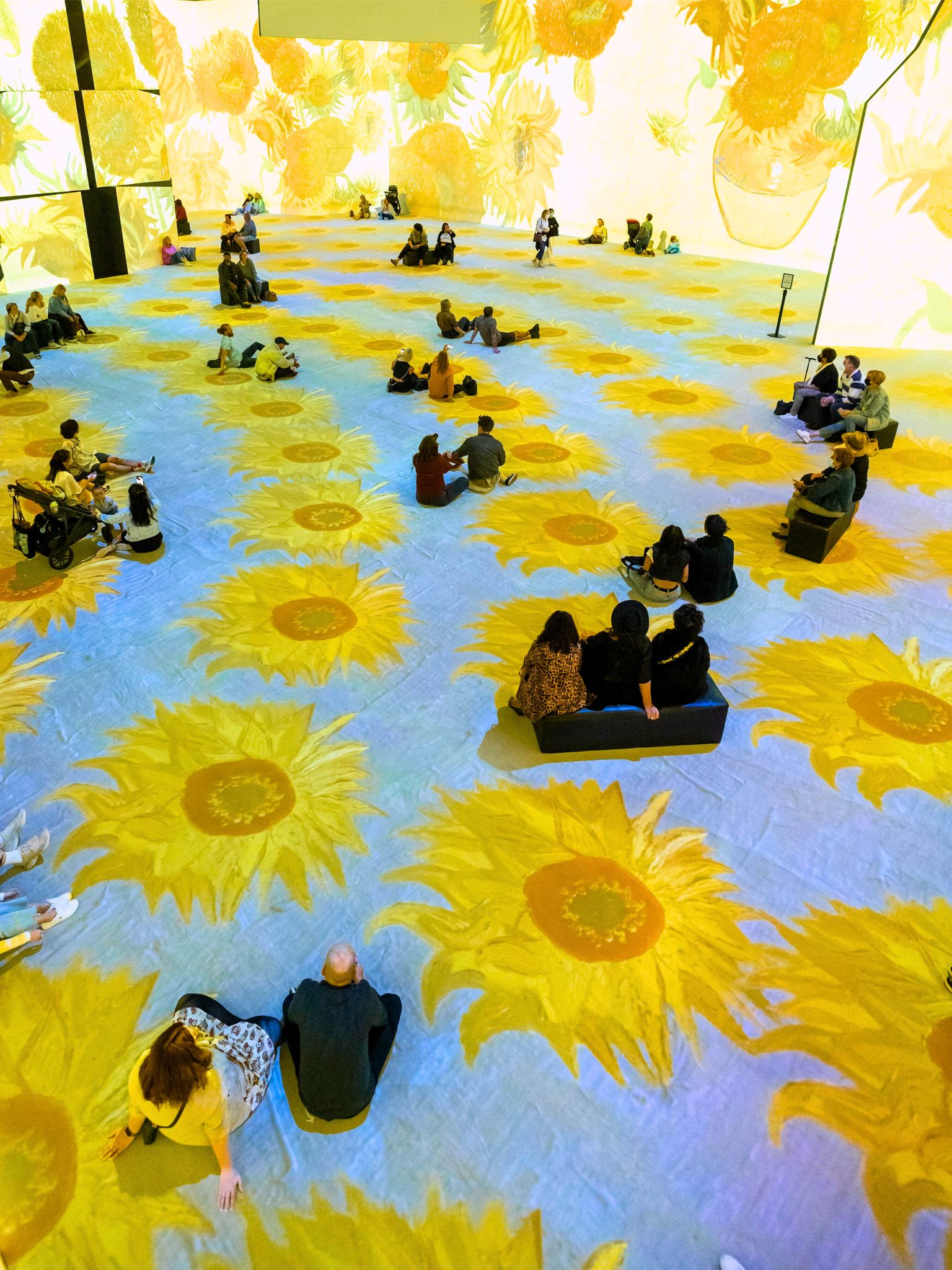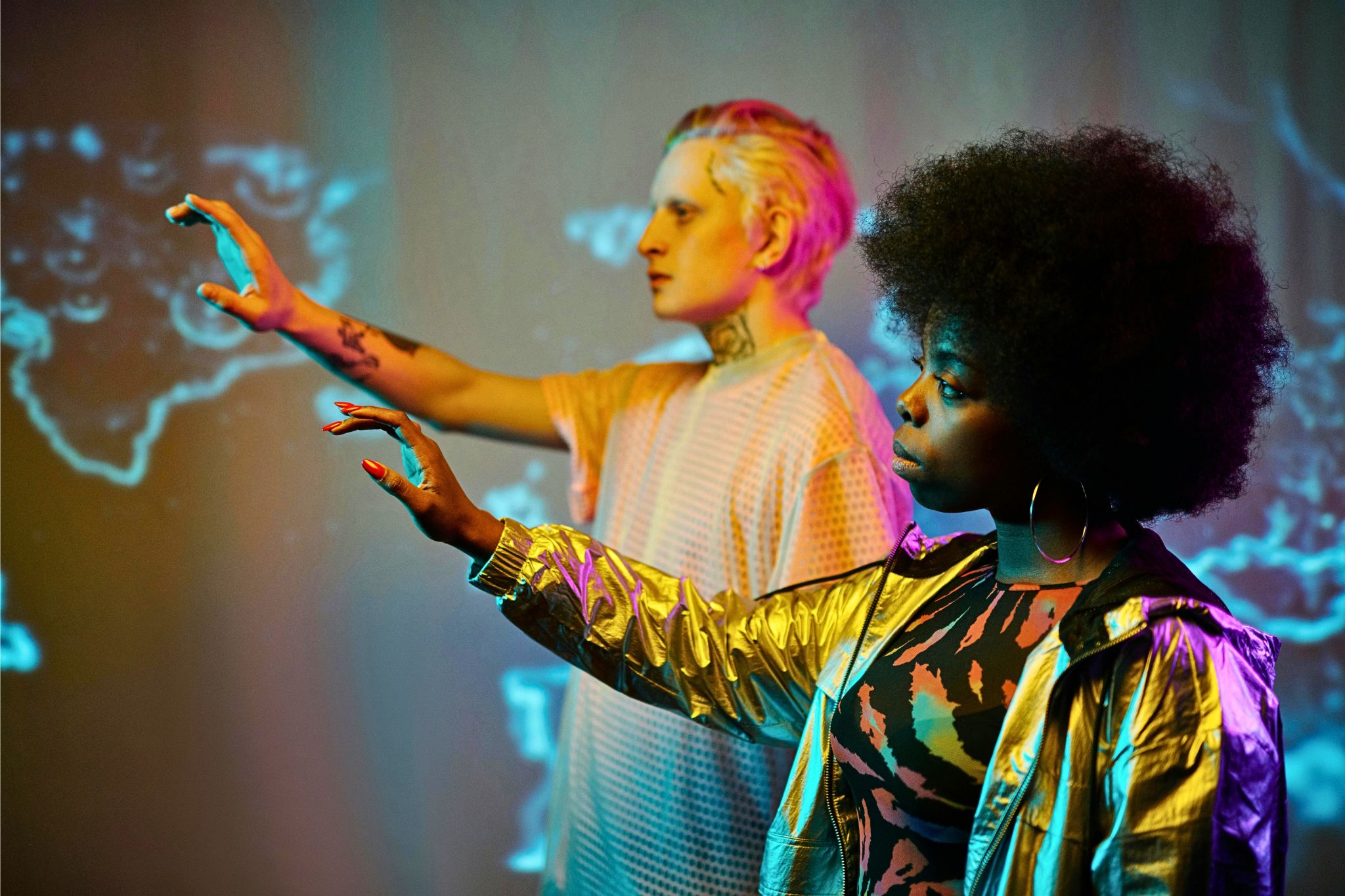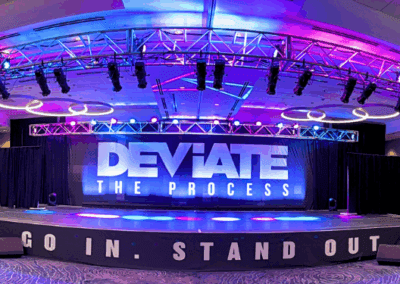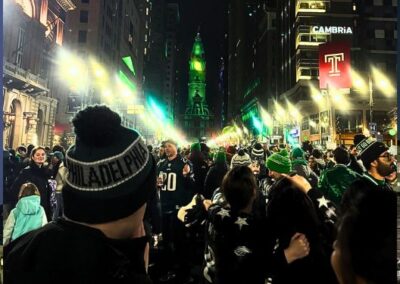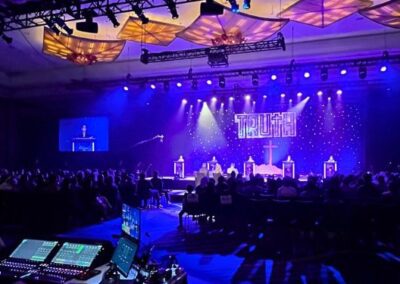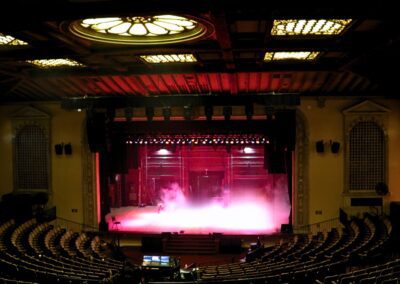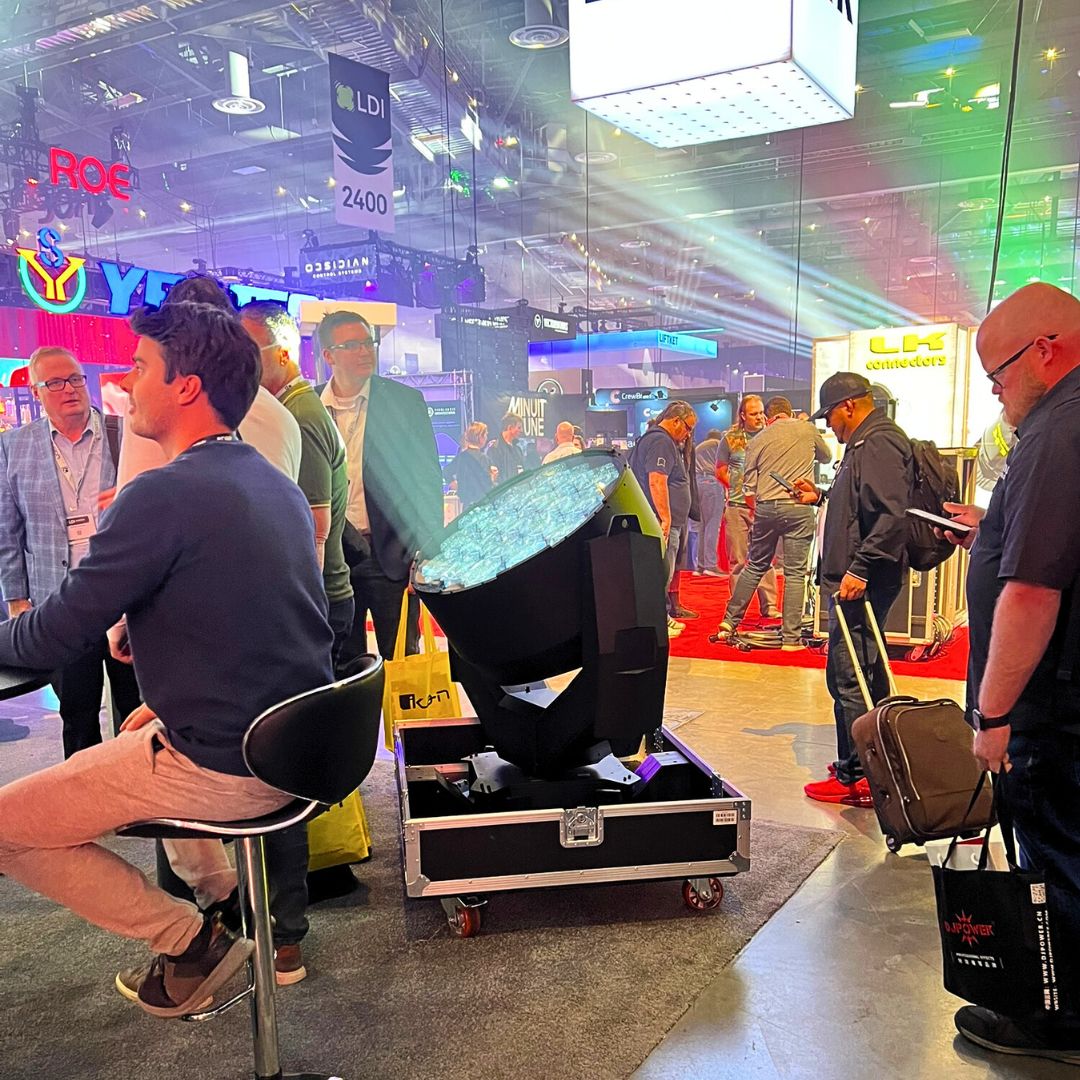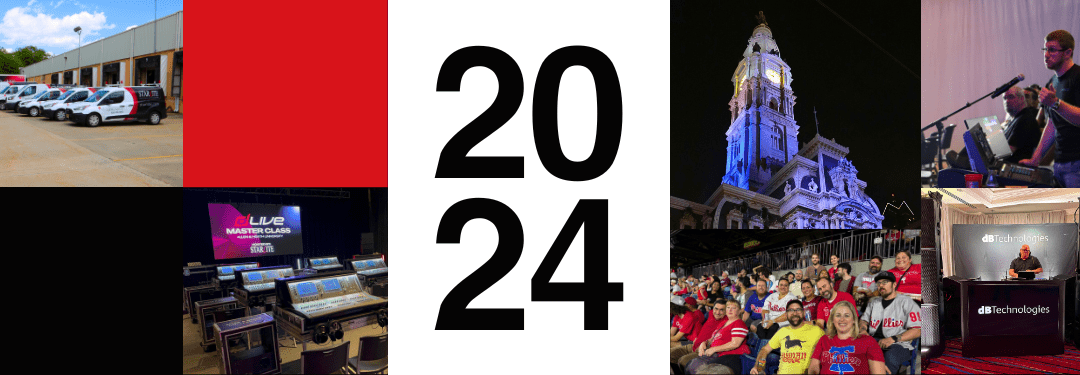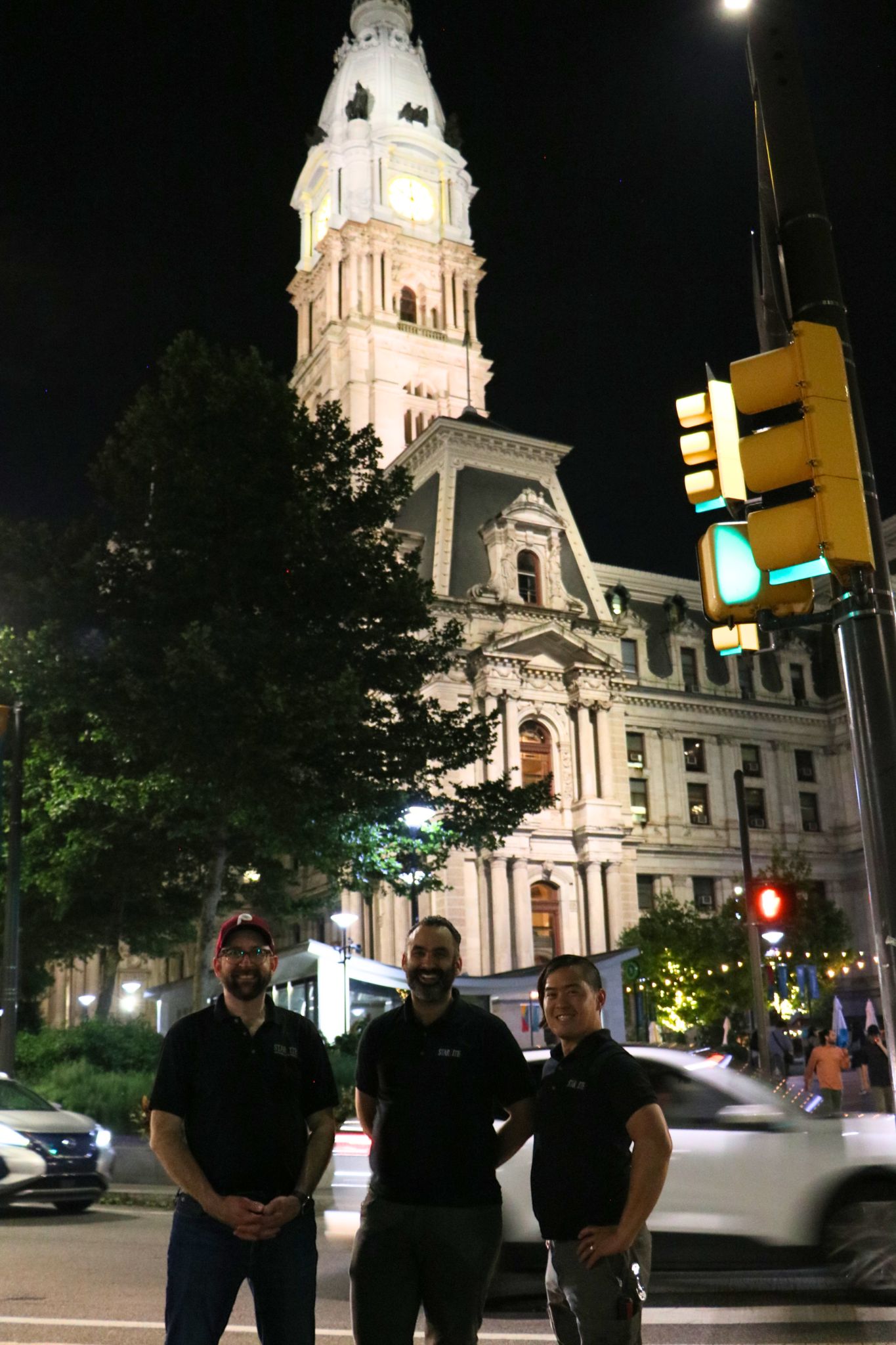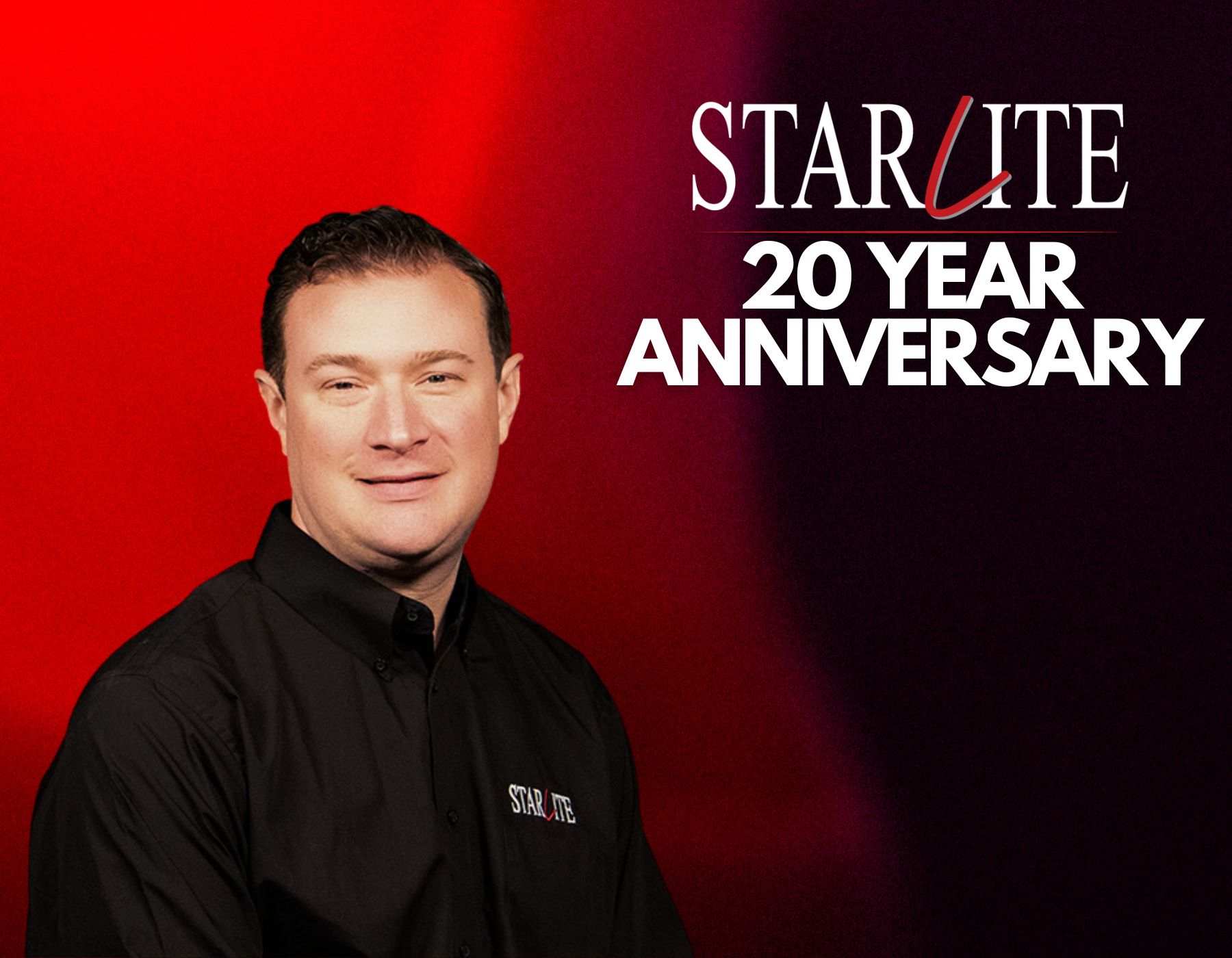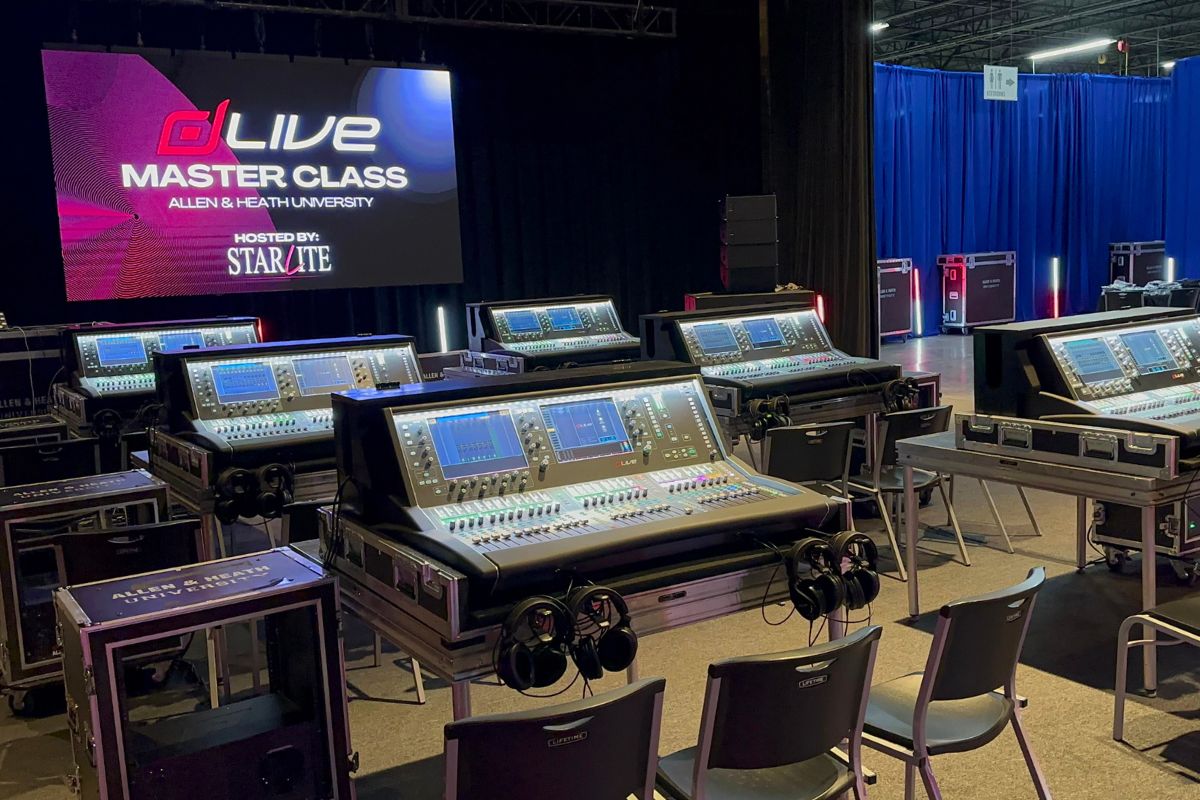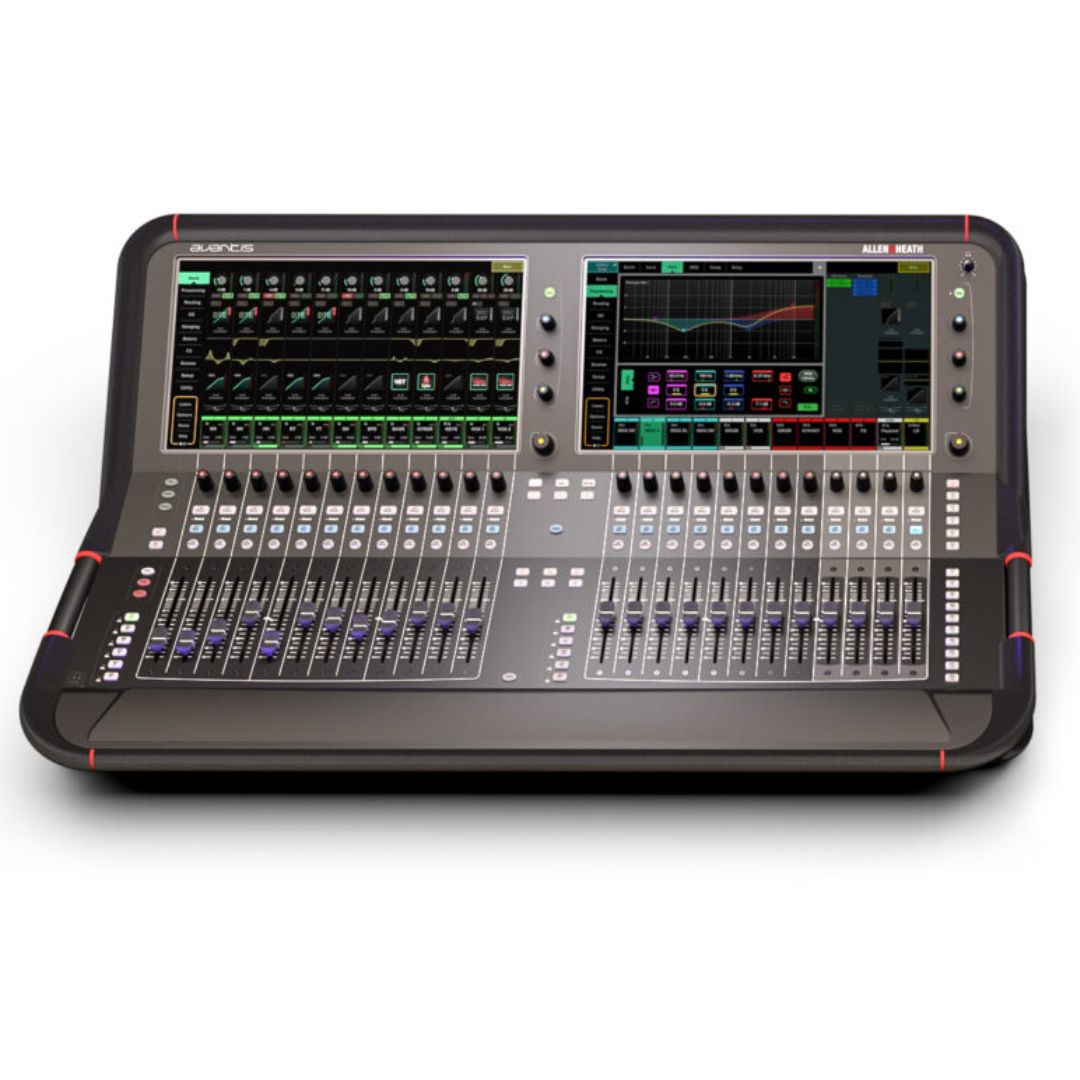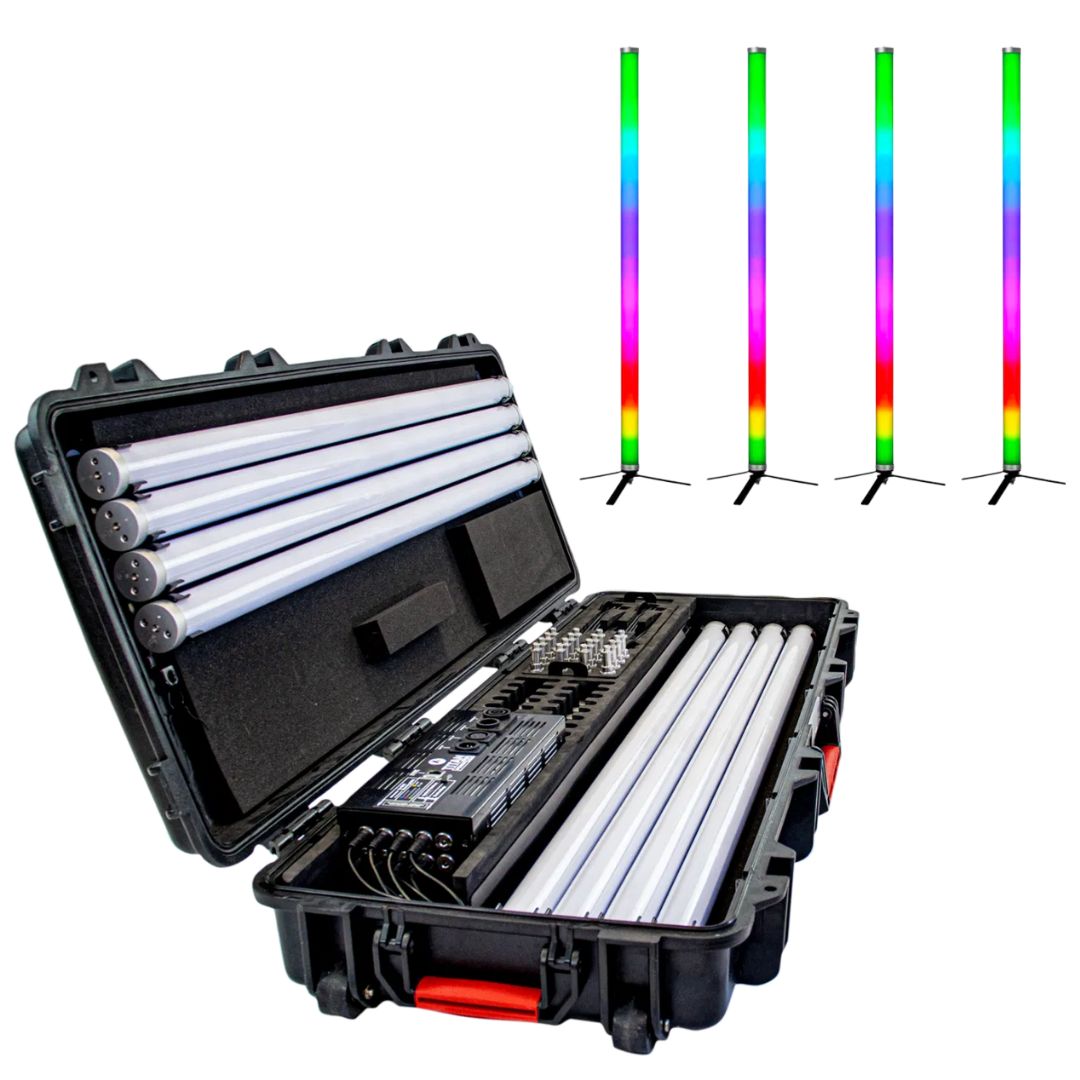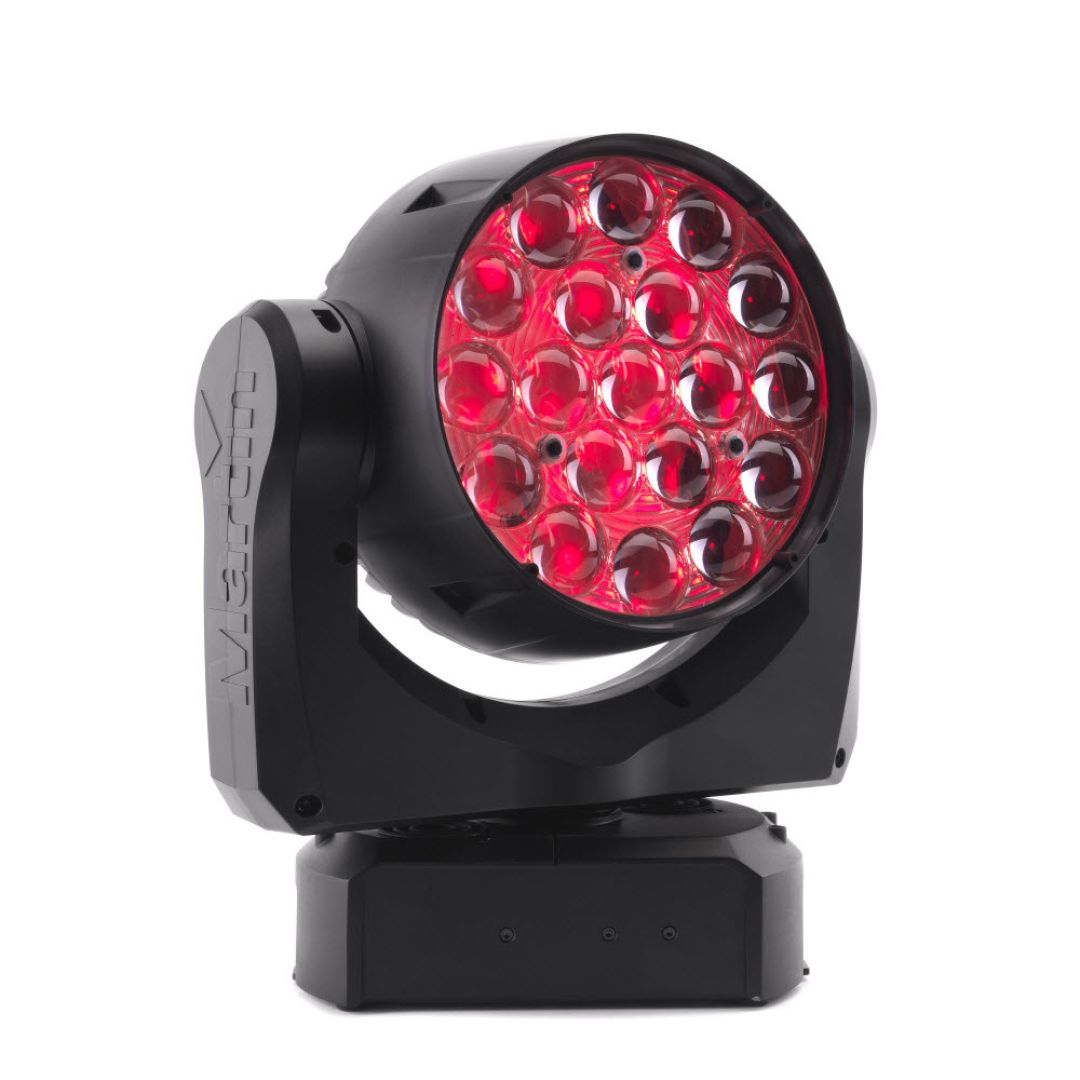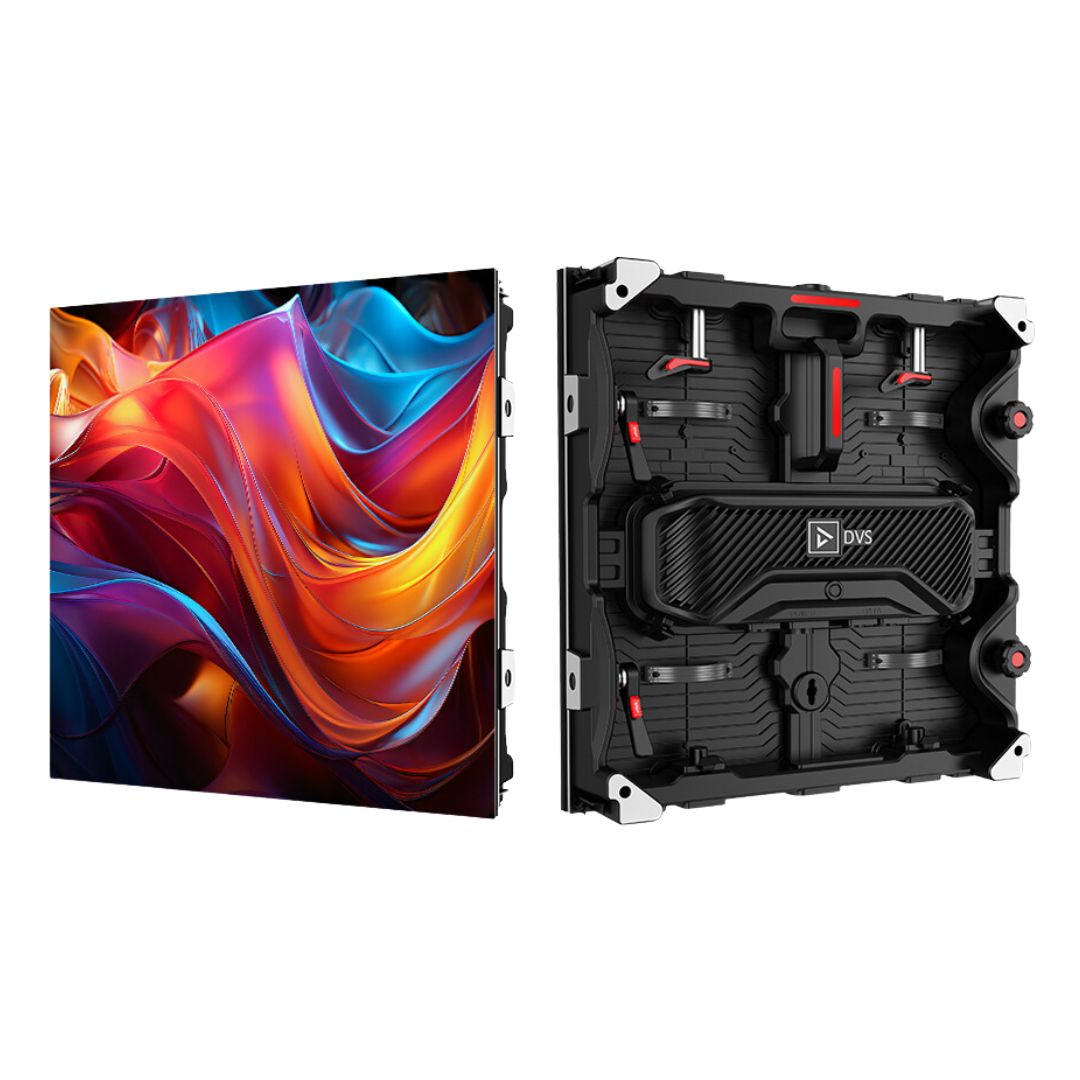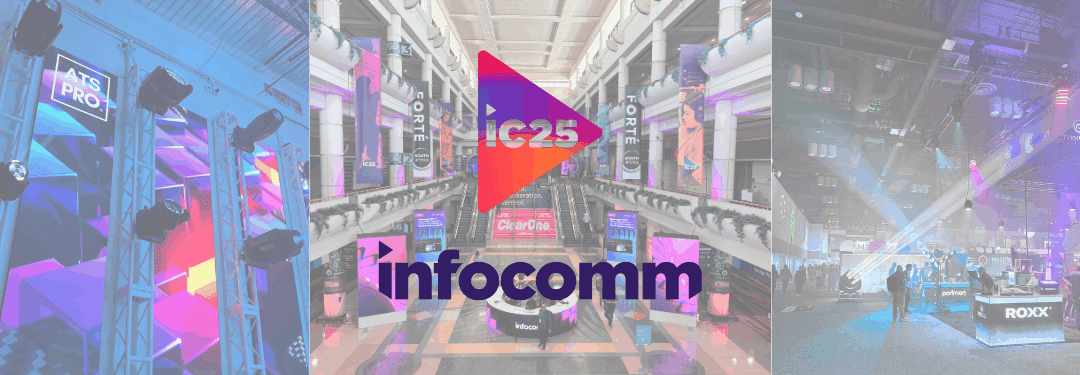
Top 5 Tech Takeaways from InfoComm 2025
Exploring What’s Next in AV + Lighting
InfoComm 2025 in Orlando brought together some of the brightest minds and boldest technologies in the AV and lighting industry—and Starlite was there to soak it all in. Our Engineering Manager, Aaron Kramer, spent the week exploring the show floor, diving into demos, and identifying the tools and trends that are shaping the future of our work.
From immersive lighting solutions to next-gen control systems, here are Aaron’s Top 5 favorite finds from this year’s show—and why they matter to you.
1. RDL – Dante Plates

What it is:
RDL introduced new Dante input and control plates, including the D-NVC2 Dante Controller which can effectively manage any Dante/AES67 stream—regardless of the brand of other devices in the system. Also new: the D-BTN21 and D-TPSML1A input plates, bringing RDL’s well-known quality to a more budget-conscious price point.
Why it stood out:
Until now, RDL Bluetooth plates required a proprietary Format A receiver. These new plates support the widely accepted Dante format, making integration into modern AV systems far easier.
Honorable Mention:
The D-RN2ML is a bi-directional Dante plate with XLR & 1/8” inputs and dual line-out feeds—a flexible addition to any AV environment.
2. Data Video – VoiceTRX100
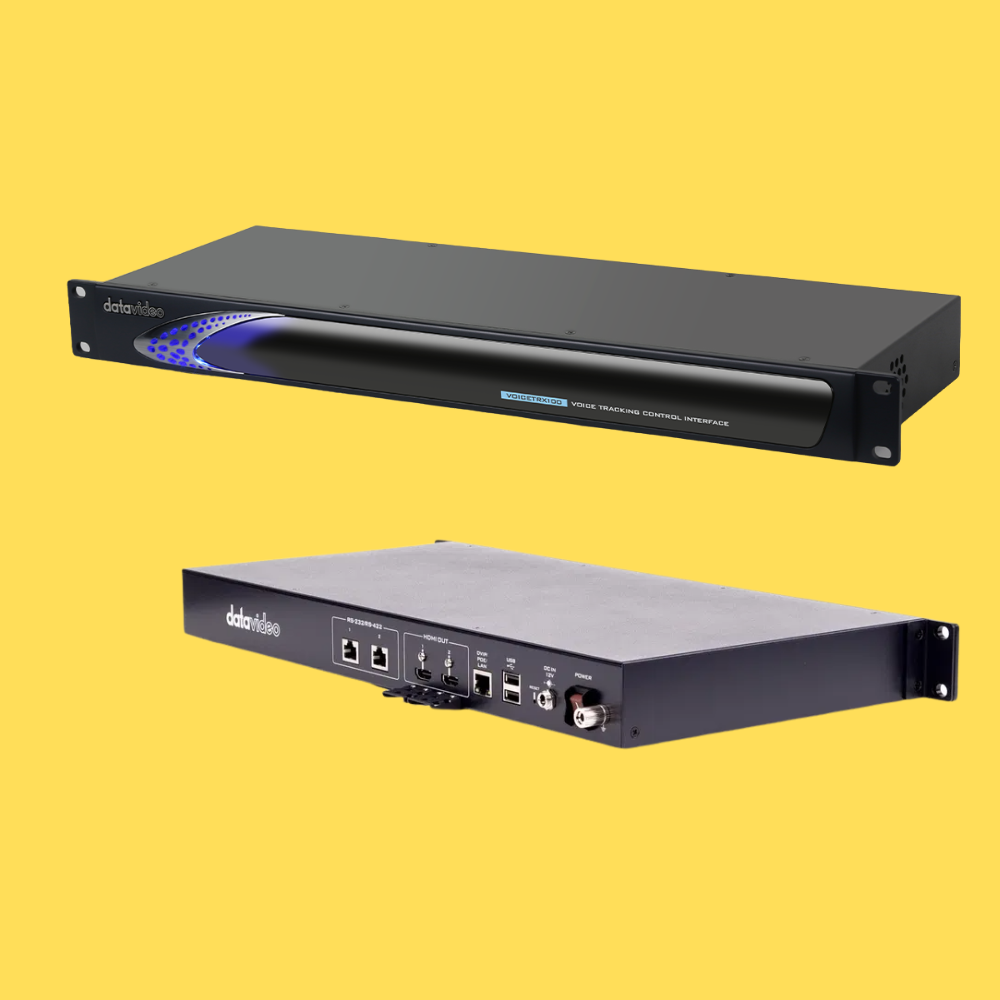
What it is:
VoiceTRX100 from Data Video is an intelligent camera switching system that uses audio signals to activate pre-programmed camera presets, automatically following the active speaker.
Why it stood out:
While speaker-tracking camera systems exist, they can be costly, complex, and unreliable. Data Video’s approach—using presets—simplifies the process and makes it a viable solution for spaces like courtrooms, small studios, and meeting rooms, where speakers remain in fixed locations. It’s a smart way to automate without sacrificing control or breaking the bank.
3. Shure ANX4
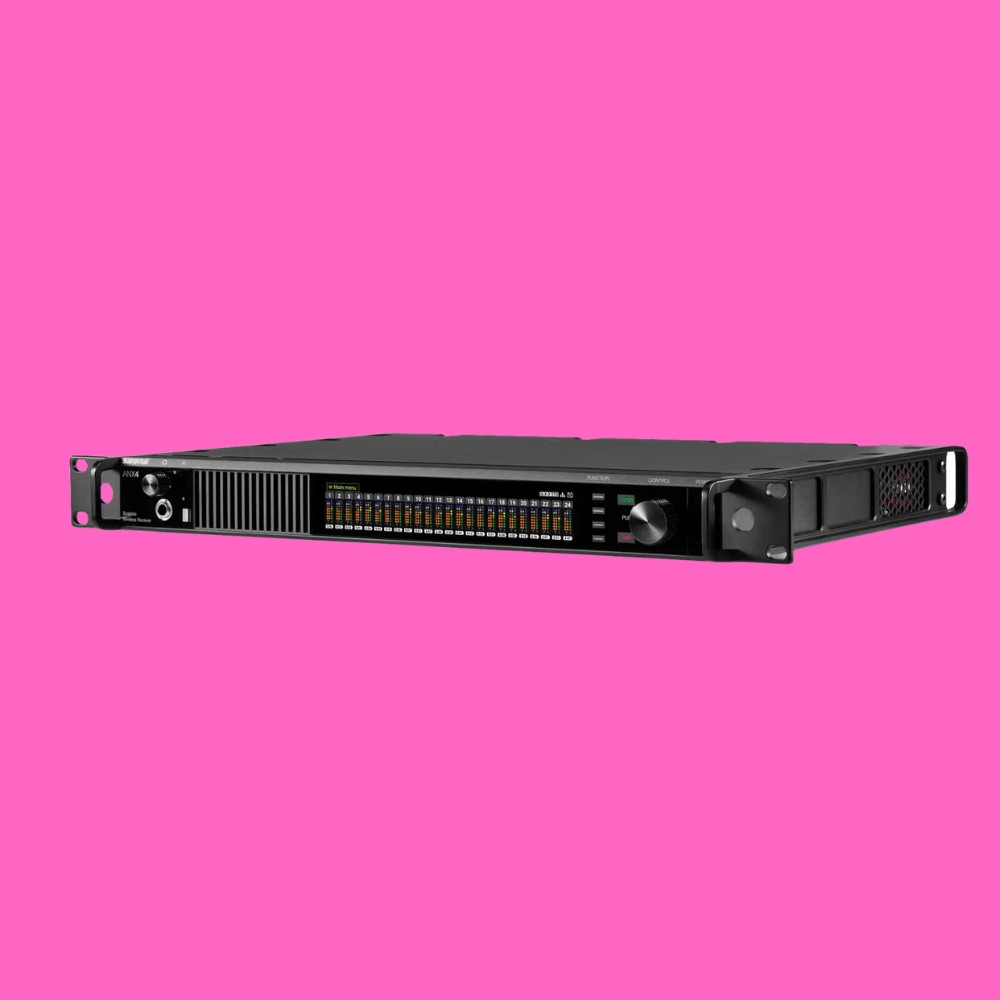
What it is:
Shure ANX4 is a wireless microphone receiver offering up to 16 software-defined channels in a single rack unit.
Why it stood out:
Flexibility and efficiency. The ANX4 allows users to dynamically allocate microphone channels depending on event needs—seven channels today, fourteen tomorrow—without needing extra hardware. Its compact 1RU size and reduced reliance on external antenna distribution make it a cost-saving, space-saving powerhouse.
4. Danley Sound Labs – Wireless Link System
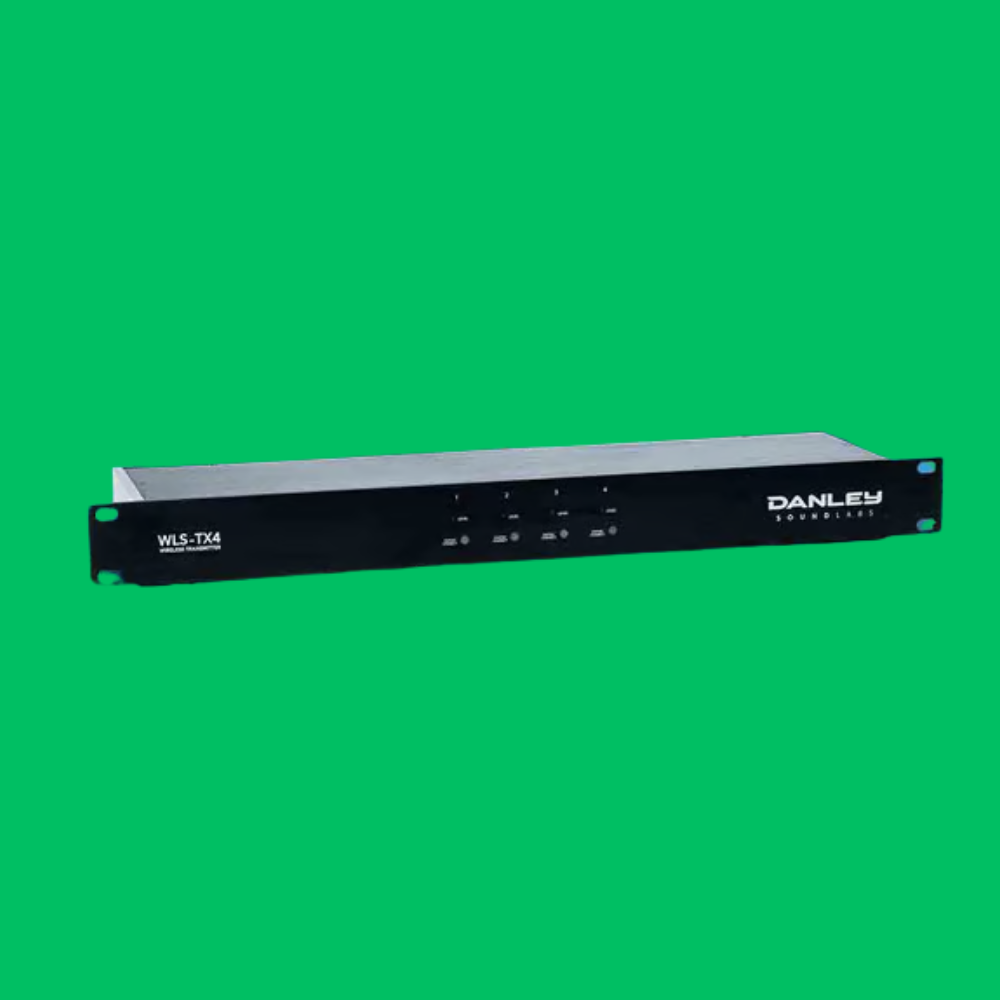
What it is:
Danley’s Wireless Link System provides low-latency, encrypted, frequency-hopping audio over large distances—perfect for situations where traditional cabling isn’t possible.
Why it stood out:
Picture this: a stadium with freshly laid turf and no cable trenches. Danley’s Wireless Link System enables high-quality, uncompressed audio transmission to remote speaker locations—no wires required. Combined with Danley’s weatherized outdoor amplifiers, it’s an ideal solution for challenging outdoor AV installs where line of sight is available.
5. Visionary – XB5 USB-C Conferencing Bridge
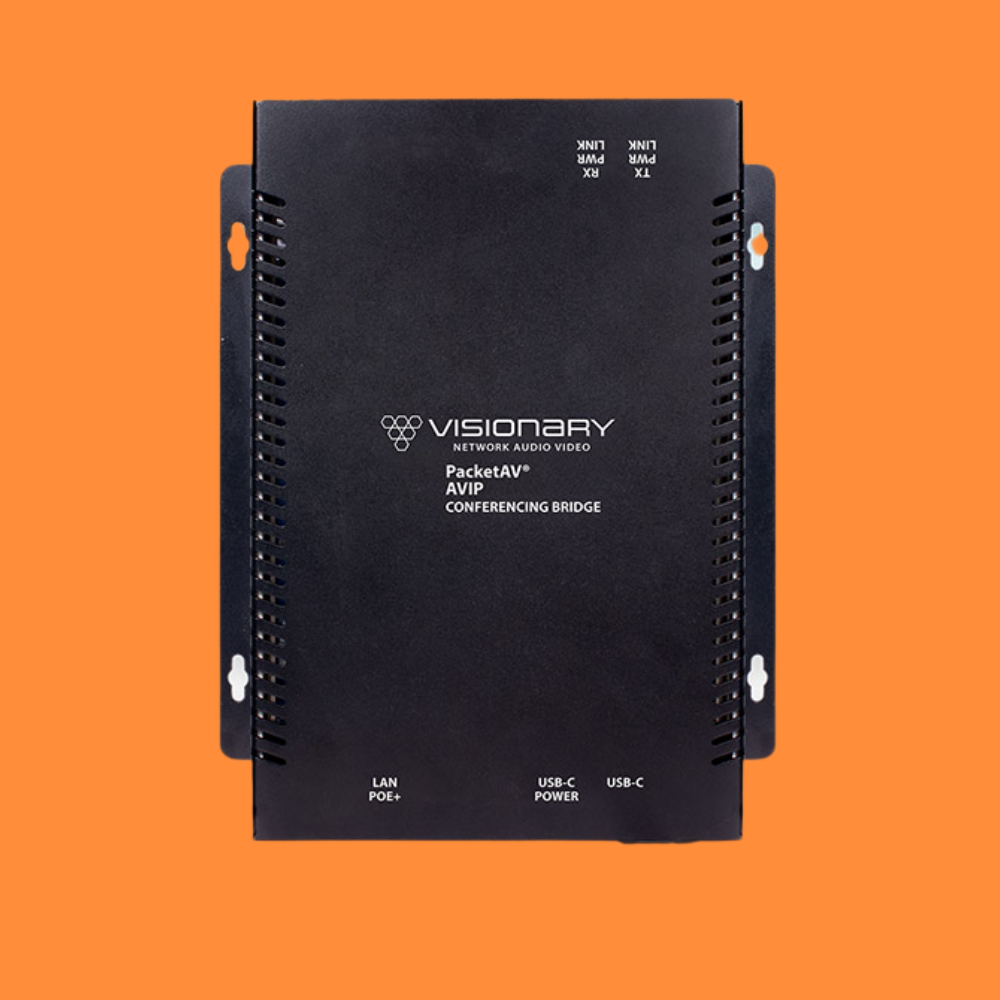
What it is:
The XB5 lets users walk into a room, plug in a USB-C cable, and instantly access the room’s AV system—cameras, microphones, speakers, and displays—using their preferred video conferencing platform.
Why it stood out:
Visionary’s pivot from HDMI to USB-C is a smart move. USB-C not only supports data and video but also delivers up to 100 watts of power. It’s the future of AV connectivity, and the XB5 makes hybrid meetings simpler and faster to launch—no extra adaptors or configuration needed.
Honorable Mentions:
While not in the top five, these products also caught our attention:

- Ubiquiti U7 Pro Outdoor Access Point: A rugged, cost-effective solution for wireless control from the center of a field or large venue.
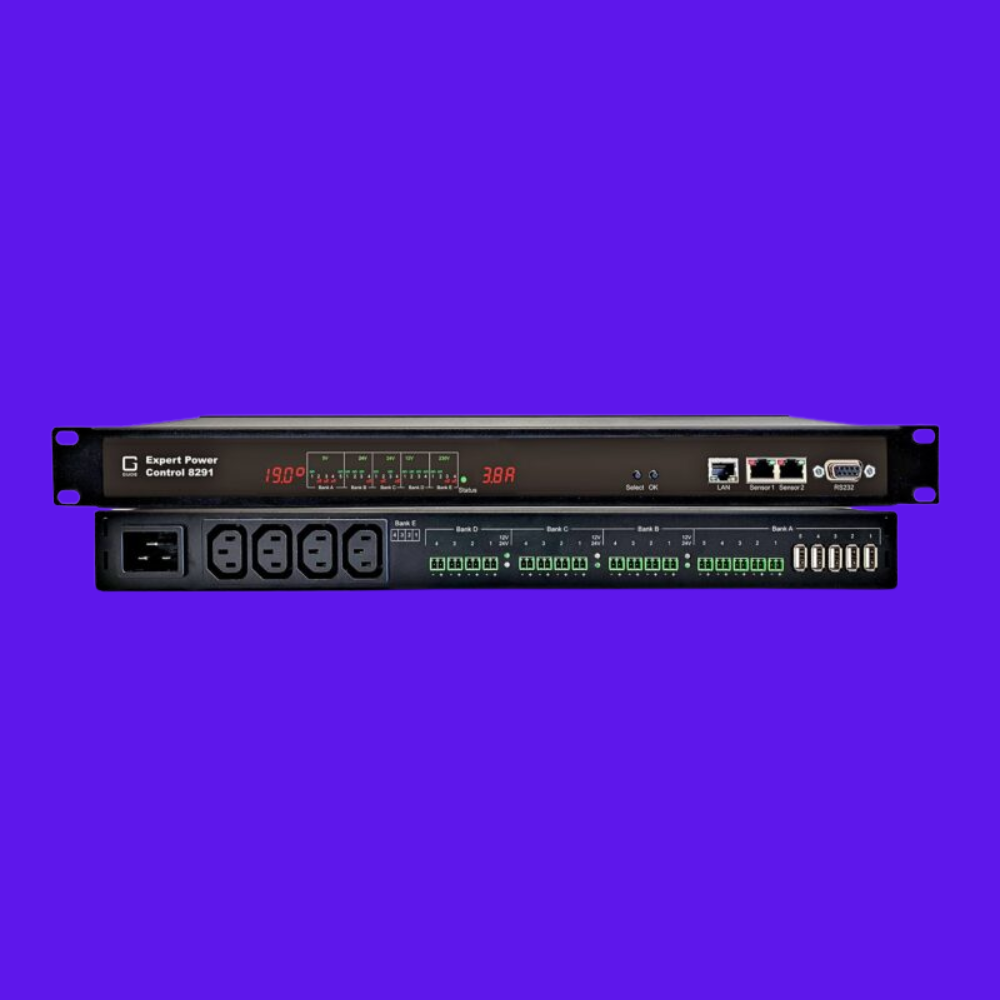
- Gude Expert Power Control 8291-2: A professional-grade, space-saving power distribution unit (PDU) with remote monitoring and support for AC, DC, and USB.
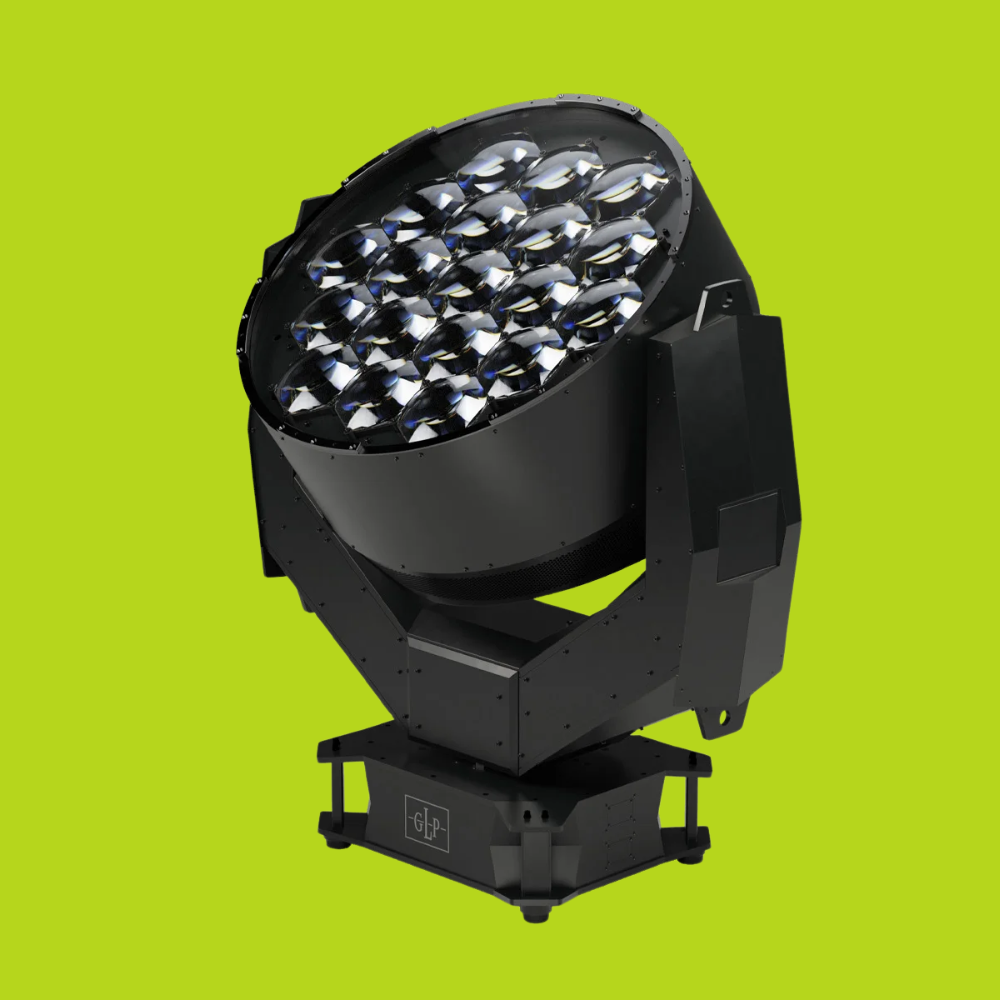
- GLP Mad Maxx CW: A high-output, color-changing searchlight with low power consumption—and no laser permitting required.
Why It Matters
InfoComm isn’t just a showcase—it’s a snapshot of where the AV industry is headed. At Starlite, we’re constantly investing in the knowledge and gear that keeps our clients ahead of the curve. This year’s show reinforced the value of flexibility, integration, and creative thinking in everything from event production to AV system design.
Whether you’re planning your next event or updating a facility’s infrastructure, we’re excited to help you explore what’s possible.
